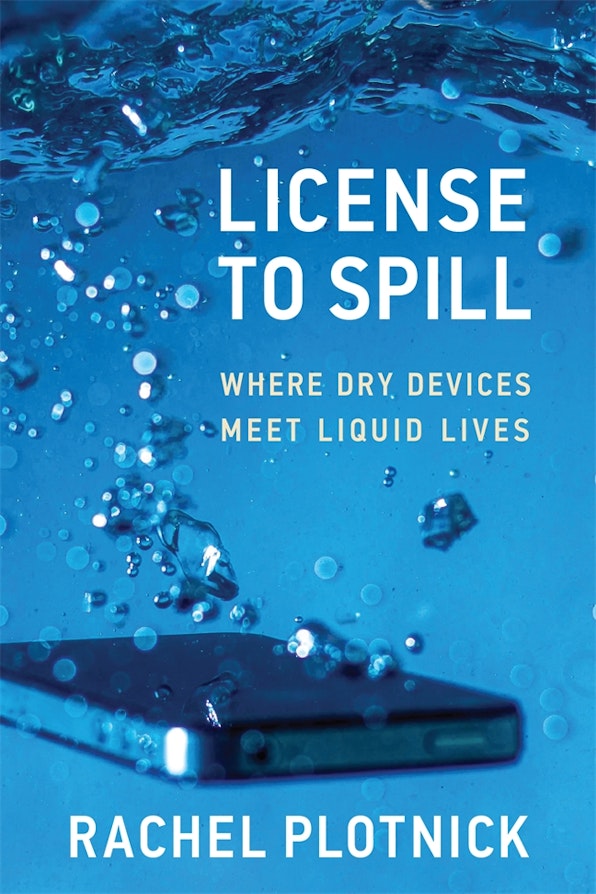Mothers never liked to blame their babies for failed telephone service. After all, what harm could a bit of saliva do? Yet in the early decades of the 20th century, reports of liquid-gone-wrong with telephones reached the pages of popular women’s magazines and big-city newspapers as evidence of basic troubles that could befall consistent service. Teething babies were particularly called out. The Boston Daily Globe in 1908 recounted, for instance, how a mother only learned her lesson about her baby’s cord chewing when the baby received a shock—or “got stung”—and the phone service went out. These youthful oral fixations rarely caused harm to the chewer, but were “injurious” to the telephone cord.
As more Americans encountered telephones in the decades before World War II, those devices played a significant role in daily life. That daily life was filled with wet conditions, not only teething babies but also “toy poodles, the ever-present spittoon, overshoes…and even people talking while in the bathtub,” according to a 1920 article from the journal Telephony. Painters washed ceilings, which dripped; telephones sat near windows during storms; phone cords came in contact with moist radiators. A telephone chief operator who handled service complaints recounted that “a frequent combination in interior decoration is the canary bird and desk telephone occupying the same table. The canary bird includes the telephone in his morning bath,” thus leading to out-of-order service calls.
Within the telephone industry, consensus built around liquids as a hazard. As a 1913 article on telephone service stated ominously, “Water is one of the worst enemies.” At the time, cords were typically made from silk tinsel and could easily corrode from wetness, while any protective treatment tended to make them too brittle. But it wasn’t an elemental force acting alone or fragile materials that bothered phone workers. Rather, the blame fell on the abusing consumer—the “energetic housewife” who damaged wiring by scrubbing her telephone with water or cleaning fluid, and men in offices who dangerously propped their wet umbrellas against the wire. Wetness lurked everywhere in people’s spaces and habits; phone companies argued that one could hardly expect proper service under such circumstances—especially if users didn’t learn to accommodate the phone’s need for dryness.
In telephony’s infancy, though, users didn’t always make the connection between liquidity and breakdown and might not even notice the wetness, at least in a phone company’s estimation.
This differing appraisal of liquids caused problems when telephone customers expected service that would not falter and directed outrage at their provider when outages did occur. Consumers even sometimes admitted to swearing at the telephone receiver and haranguing operators. Telephone company employees, meanwhile, faced intense scrutiny and pressure to tend to telephone infrastructures. “Trouble” took two forms, then, in dealing with customers’ frustration over outages and in dealing with the damage from the wetness itself.
